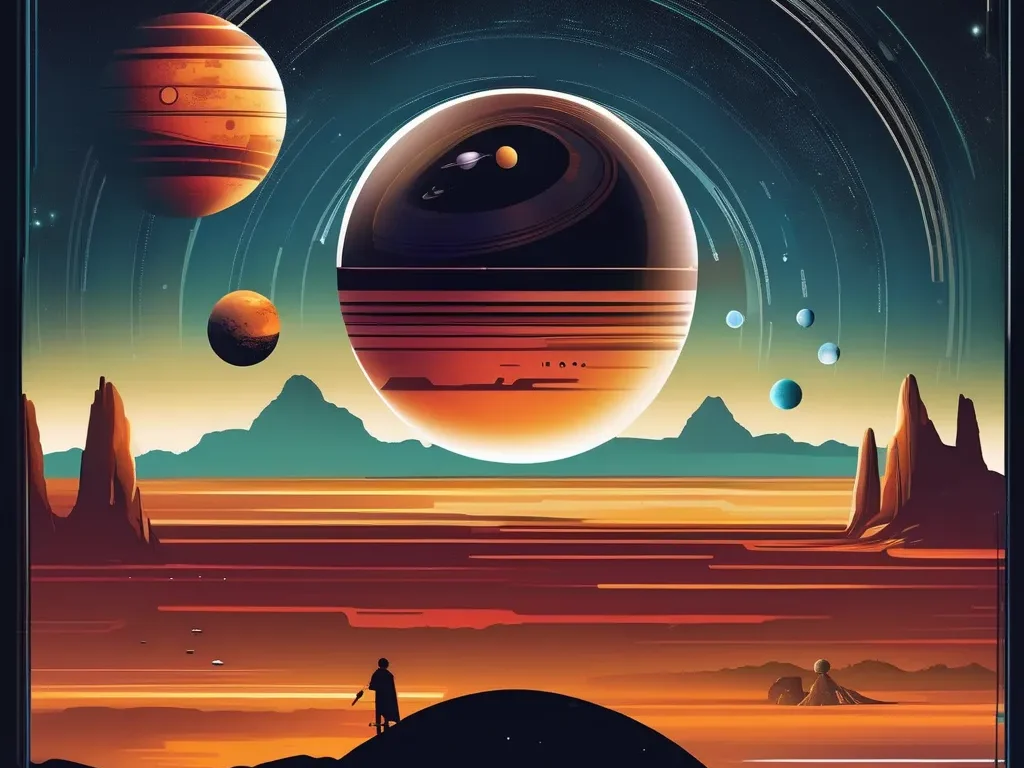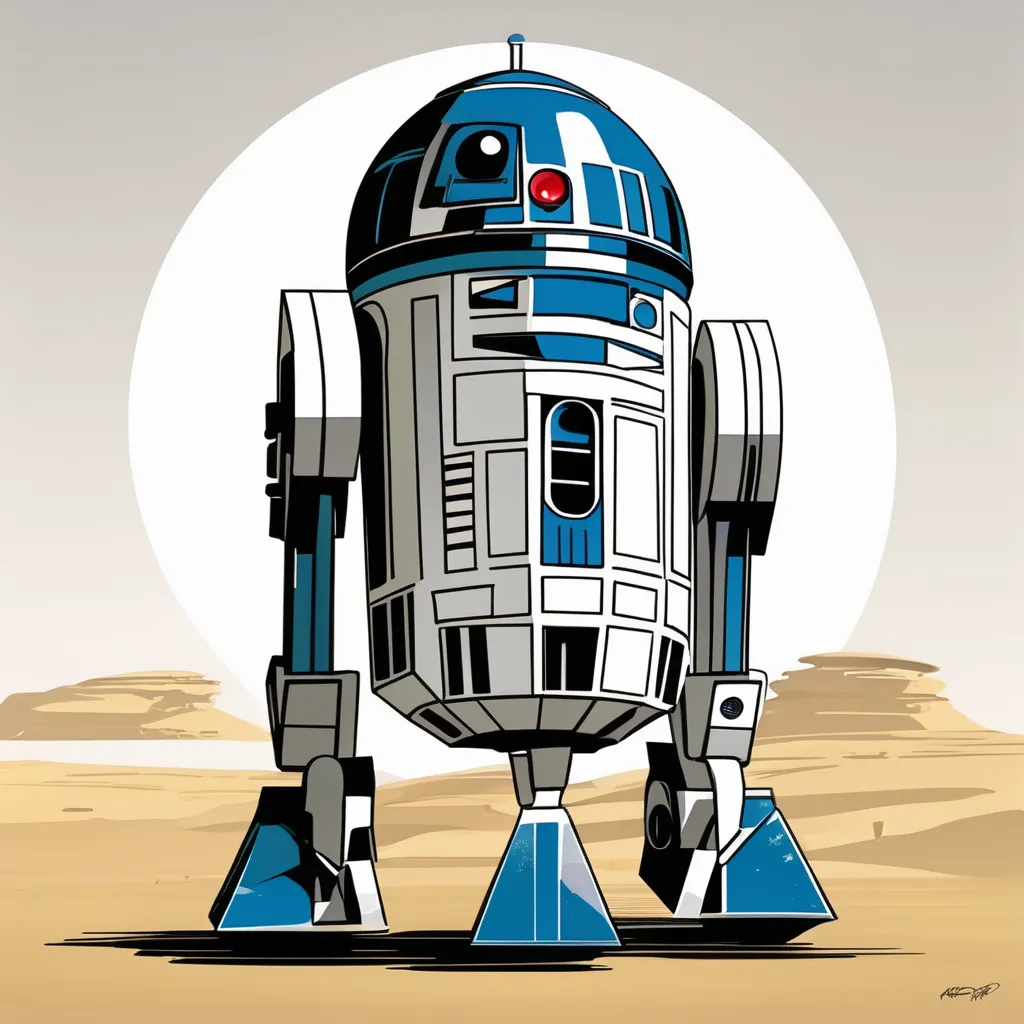Star Wars is one of the most iconic sci-fi franchises of all time, and its influence on modern science fiction is undeniable. From groundbreaking special effects to its legendary characters and storytelling, Star Wars sci-fi has revolutionised the genre in ways that continue to inspire filmmakers, writers, and creators. In this post, we’ll explore how Star Wars sci-fi has shaped the landscape of modern science fiction and why its legacy continues to resonate today.
What to expect

1. Revolutionising Sci-Fi Special Effects
Before Star Wars sci-fi, the visual effects in most science fiction films were often limited by budget and technology. However, George Lucas’s vision for A New Hope in 1977 called for a new level of visual immersion that had never been seen before in the genre. To achieve this, Lucas founded Industrial Light & Magic (ILM), which introduced revolutionary techniques in practical effects, miniatures, and motion control cameras.
These advancements paved the way for future sci-fi blockbusters. Today’s filmmakers in franchises like Guardians of the Galaxy and Dune use advanced CGI and motion capture technology, building on the foundation laid by Star Wars sci-fi’s groundbreaking special effects. Directors like James Cameron, who pushed boundaries with Avatar, credit Star Wars with inspiring their own use of visual innovation.
- Interested in learning more? Check out this Star Wars Behind-the-Scenes Book (https://amzn.to/3yVuMot) for an inside look at its special effects journey.

2. Setting the Standard for World-Building
One of the most profound contributions of Star Wars sci-fi to the genre is its meticulous world-building. George Lucas didn’t just create a simple story in space—he crafted a fully-realised universe complete with unique planets, alien species, cultures, and technologies. The depth and detail in the Star Wars universe created an immersive experience for viewers, setting a new standard for how science fiction worlds could be designed.
Modern sci-fi productions, such as The Expanse, Blade Runner 2049, and The Mandalorian, all owe much to the world-building techniques pioneered by Star Wars sci-fi. These productions feature complex, layered environments that enrich the plot and characters, making the worlds as much a part of the story as the protagonists themselves.
- For more on Star Wars universe design: Explore Star Wars: The Visual Encyclopaedia (https://amzn.to/4gaiSYp).

3. The Hero’s Journey in Sci-Fi
At the heart of Star Wars sci-fi is a classic storytelling structure known as the “Hero’s Journey.” This narrative arc, based on Joseph Campbell’s work, was key to Luke Skywalker’s transformation from a farm boy into a Jedi Knight. The simplicity of this journey, combined with the depth of character development, created a universally relatable story that remains timeless.
Today, many sci-fi films and TV shows follow a similar narrative structure. From The Hunger Games to Stranger Things, the Hero’s Journey is used to guide protagonists through personal growth while navigating the challenges of their sci-fi worlds. The ability of Star Wars sci-fi to mix relatable human struggles with epic space opera elements has ensured its lasting influence on modern storytelling.
- Learn more about the Hero’s Journey: The Hero with a Thousand Faces (https://amzn.to/3XwNlsy) is a great read for those interested in this classic narrative arc.

4. Sci-Fi Characters with Emotional Depth
Star Wars sci-fi is well-known for its memorable and emotionally complex characters. Unlike many previous sci-fi stories where characters were often one-dimensional or stereotypical, Star Wars introduced audiences to characters like Luke Skywalker, Princess Leia, and Darth Vader, who had deep personal struggles. Their emotional journeys became central to the larger galactic conflict.
This focus on character depth influenced how future sci-fi creators approached their own characters. In films like Interstellar or Arrival, and series like The Expanse, characters face internal conflicts that drive the plot forward. These emotional stakes, coupled with high-concept sci-fi elements, are now a defining characteristic of modern sci-fi storytelling.
- Explore the characters of Star Wars: Star Wars Character Encyclopaedia (https://amzn.to/3B29Yfl).

5. Creating the Modern Sci-Fi Franchise Model
The success of Star Wars sci-fi transformed not only how sci-fi movies were made but also how they were marketed. Before Star Wars, sci-fi was considered a niche genre, often confined to B-movies or limited audiences. However, Star Wars showed that sci-fi could appeal to mainstream audiences, leading to a surge of merchandising, sequels, spin-offs, and an extended universe.
Today, sci-fi franchises like The Marvel Cinematic Universe and Star Trek follow the model established by Star Wars. These franchises build expansive universes that span films, TV series, books, comics, and even video games. The idea of creating a “cinematic universe” can be directly traced to Star Wars sci-fi’s long-lasting influence on how studios develop and expand upon sci-fi properties.
- Interested in Star Wars collectibles? Check out our blog post Top 10 Epic Star Wars Collectibles Every Fan Needs.

The influence of Star Wars sci-fi on modern science fiction cannot be overstated. From its revolutionary special effects to its deep world-building and emotional characters, Star Wars redefined what was possible within the genre. Filmmakers, writers, and creators continue to draw inspiration from the galaxy George Lucas built, ensuring that the legacy of Star Wars sci-fi will live on for generations to come.
For those who want to bring a piece of Star Wars into their lives, check out some of the incredible merchandise linked throughout this post. Whether you’re building your Star Wars collection or diving into its rich history, Star Wars sci-fi remains an epic adventure to explore.
—
Disclosure: This post contains affiliate links. If you use these links to buy something, we may earn a commission at no additional cost to you.
—
